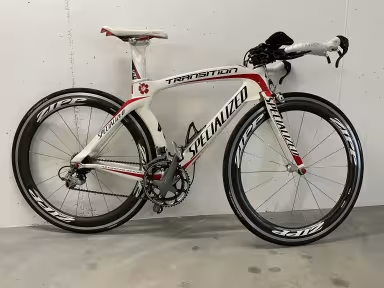E-Bike Citybike
4114 Citybikes

Diamant Zouma Deluxe
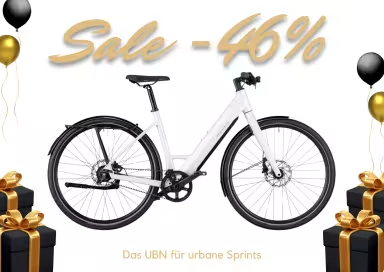
Riese & Müller Ubn Six Silent
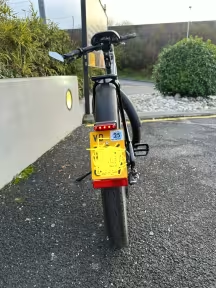
Stromer St5 Abs
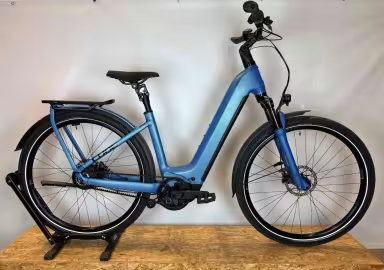
Cube Kathmandu Hybrid Comfort Pro
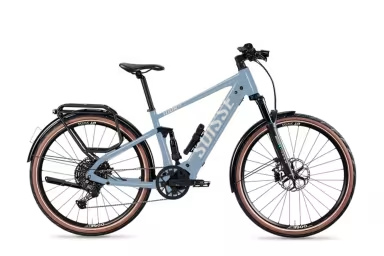
Tour de Suisse Freigeist 45
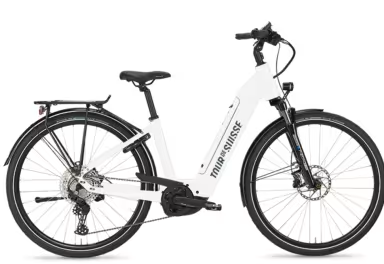
Tour de Suisse Flair

SPECIALIZED Vado
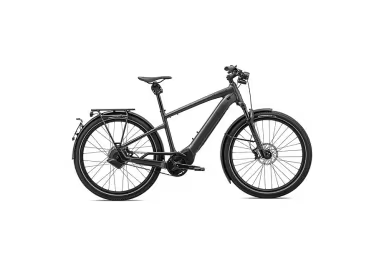
SPECIALIZED Vado
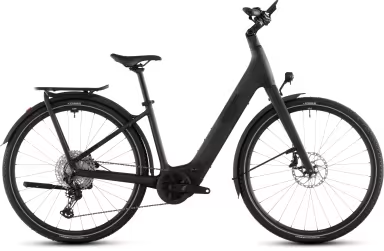
Cube Kathmandu Hybrid C:62 SLX 400X
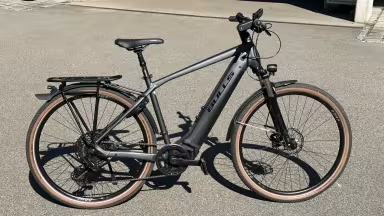
Bulls Cross Rider Evo 2 750

SPECIALIZED Vado

SPECIALIZED Vado
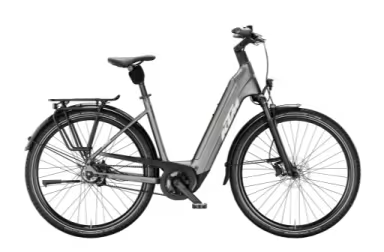
KTM Macina
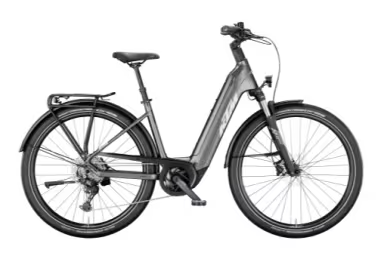
KTM Macina
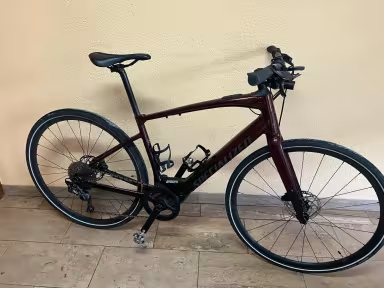
SPECIALIZED Turbo Vado SL 4.0 Step-Through
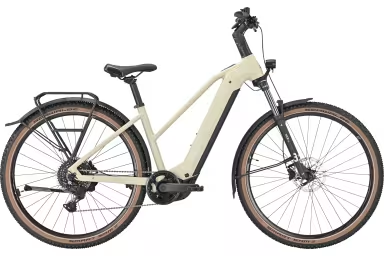
Bulls Iconic Evo 1
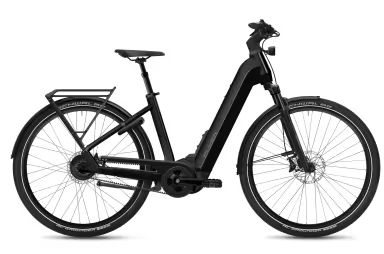
Flyer Upstreet5 7.23
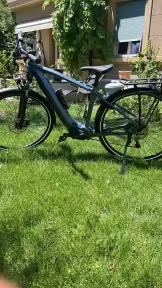
MERIDA E Spresso 500 Eq

Flyer G1 Upstreet TR:CF 7.63 HS EU Gents
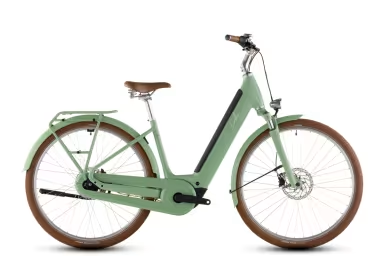
Cube Aruba Hybrid 600
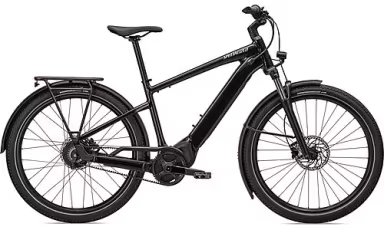
SPECIALIZED Turbo Vado 3.0 IGH
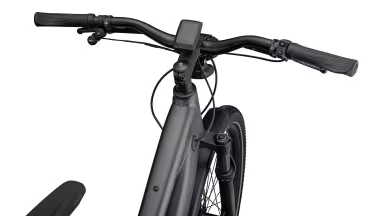
SPECIALIZED Vado

KTM Macina
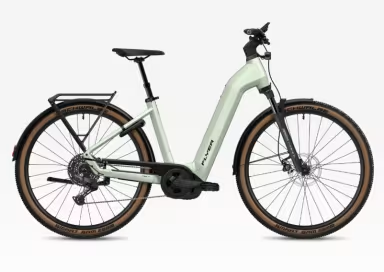
Flyer G1 Gotour
Buying advice for: City / Urban: Citybike
Frame material
Aluminium is the most commonly used frame material for e-bike city bikes. It is lightweight, rigid and corrosion resistant, making it ideal for use in urban environments. Steel frames are less commonly used for e-bike city bikes, but are still popular for their durability and the smooth ride they offer. Steel frames are often heavier than aluminium frames, but they absorb vibrations and bumps better, which can lead to a more comfortable riding experience. Carbon fibre is less commonly used for e-bike city bikes, but can be found on high-end models. Carbon fibre frames are light, stiff and offer excellent vibration damping.
Chassis
E-bike city bikes do not normally use the term suspension, as is the case with mountain bikes or road bikes, as these bikes do not usually have suspension. Most e-bike city bikes are equipped with a rigid fork, which has a simple design without suspension elements. A rigid fork offers a lighter overall weight, better energy transfer and less maintenance. Although e-bike city bikes do not have a sprung front fork, they can still have shock-absorbing properties. An upright riding position and a comfortable saddle also help to minimise shocks and vibrations.
Wheels
The wheel size of an e-bike city bike can vary, but the most common sizes are 28 inch or 26 inch. 28 inch wheels offer an efficient rolling speed and are well suited for longer rides on flat roads. 26 inch wheels can be a little more robust and are often found on e-bike city bikes with a more relaxed geometry. The width of the tyres and rims influences the ride quality and comfort of the e-bike city bike. Wider tyres offer more traction and shock absorption, which can be particularly advantageous on uneven or poorly paved roads. Tyre widths typically range from 32 mm to 45 mm. The rims of an e-bike city bike can be made of aluminium or other lightweight materials. Aluminium rims are widely used and offer a good balance between weight, durability and cost.
Tyres
The tyre width influences the handling and comfort of the e-bike city bike. Wider tyres generally offer more traction and shock absorption on uneven roads. Tyre widths between 32 mm and 45 mm are common for city bikes. The tread of the tyres varies depending on the area of use of the city bike. Smooth or slightly profiled tyres are ideal for predominantly use on asphalt roads and cycle paths, as they offer an efficient rolling speed and at the same time provide good grip on dry surfaces. The rubber compound of the tyres is also important for city bike tyres. It influences the grip, rolling resistance and durability. High-quality city bike tyres often use special rubber compounds that offer a good balance between grip and rolling resistance.
Brakes
Rim brakes are one of the most common brakes on e-city bikes. They use brake pads that press on the rim flanks to slow or stop the bike. Disc brakes are also very popular on e-city bikes. They offer improved braking performance, especially in wet or muddy conditions. A traditional brake variant is the well-known coaster brake. It is also popular on e-citybikes, especially on models with an upright riding position and a relaxed riding style.
Battery motor
City bikes e-bikes are equipped with a motor that typically provides 250 to 750 watts of power. These motors are designed to provide adequate assistance and acceleration for riding in urban environments, including stop-and-go traffic and moderate climbs. Combined with a robust battery, they provide a reliable power supply for daily commutes and short trips around town. As a rule, city e-bikes can reach speeds of up to 25 km/h.
More interesting bikes

Riese & Müller Ubn Six Silent
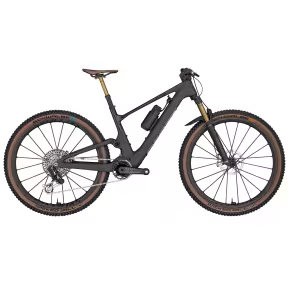
SCOTT Lumen eRIDE 900 SL

GHOST E-Riot Cf Advanced
